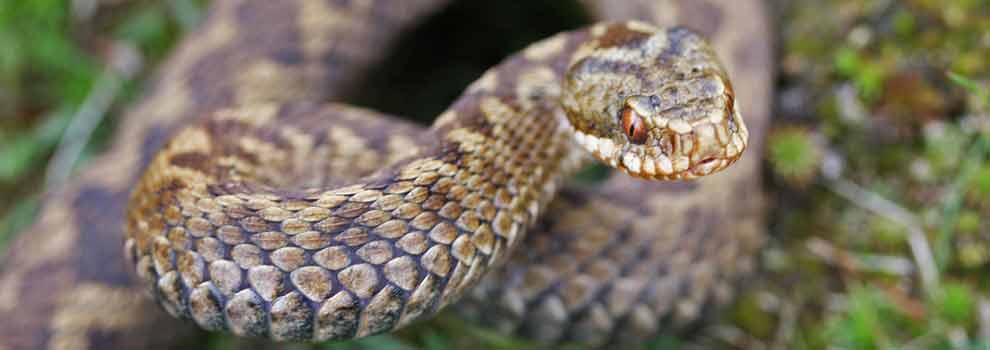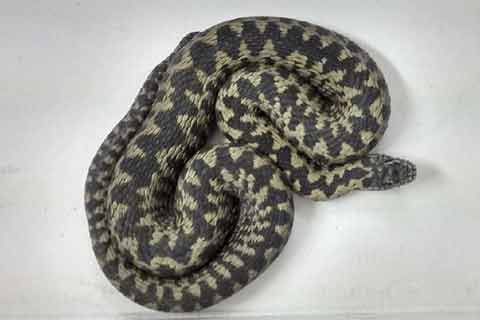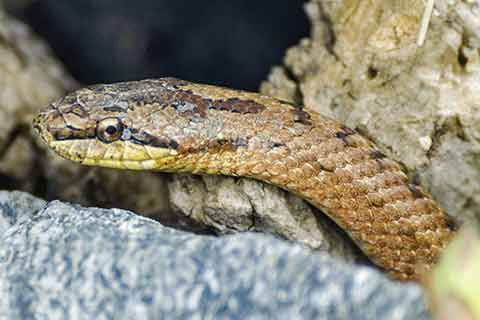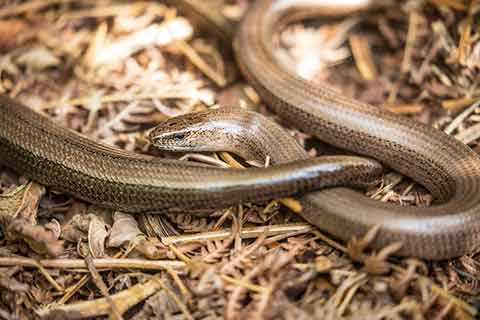- Find a Pet
- Advice and Welfare
- Ways to Give
- Get Involved
- What We Do
- Search
- My RSPCA
- Report a concern
- Sponsor
-
Colour modeVivid Calm
- Home
- Advice and welfare
- Wildlife
- Snakes
Snakes
There are three native snake species in the UK including one venomous snake. You're most likely to see them in the wild, or sometimes in your garden, during the warm weather.

How to identify UK snake species
The shedded skin of a snake is known as a 'slough'.
If you find snakeskin, you may be able to work out which species of snake they are by looking carefully at the scale patterns.
Adder (Vipera berus)
- Widespread but declining across the UK
- UK's only venomous species.
- A distinctive zigzag pattern down their back, red eyes and a vertical pupil.
- Can grow to around 70cm.

Grass snake (Natrix helvetica)
- Widespread in England and Wales, including gardens.
- Usually an olive green colour, with large eyes and round pupils
- Can grow to be over a metre long.
- They have a distinctive collar behind their heads and are also the only native snake species to lay eggs.
- They like to use compost heaps to lay their eggs
- A grass snake will have soft leathery eggs.

Smooth snake (Coronella austriaca)
- The smooth snake is the least widespread,
- Localised to the south of England and found in heath habitats.
- They're the smallest species, growing to only around 55cm in length.
- They're typically a greyish brown in colour, have a dark stripe down the side of their face, a heart-shaped pattern on their head and a pattern of spots and bars along their back.

Slow-worms are not snakes
- Slow-worms (Anguis fragilis) are actually legless lizards and not snakes.
- They can reach around 45cm and unlike snakes, they have eyelids.
- They're typically shades of grey or brown, and some males have blue spots.

Found a snake in your garden
If you see a native British snake in your garden or the wild, please leave them undisturbed.
Contact us only if the snake is sick or injured.
Found an escaped pet snake
If you find a non-native species of snake, please keep your distance and contact us.
Find out more about snakes in our factsheet Living with Reptiles.



